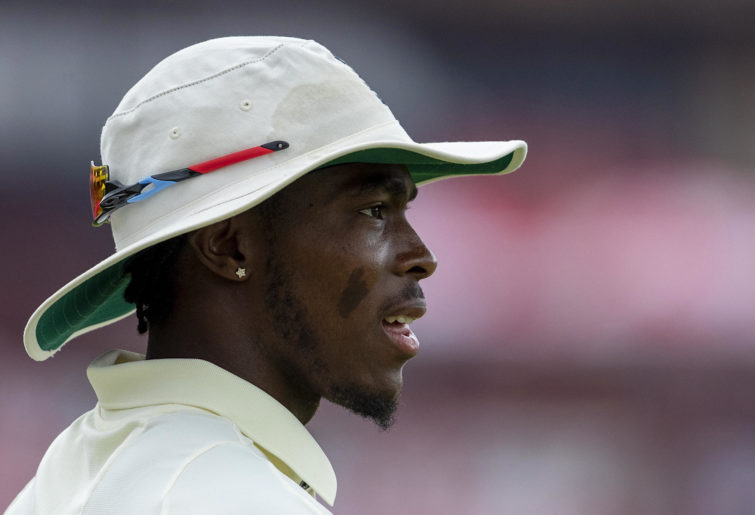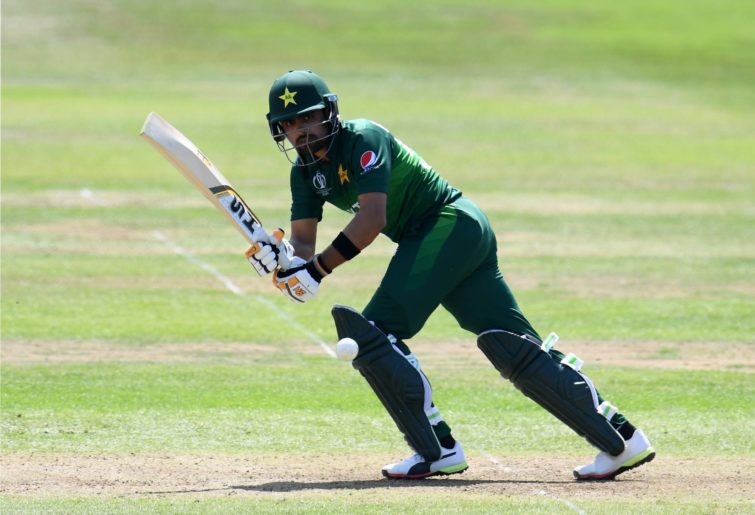Just seven months out from the T20 World Cup in India the tournament is wide open, with seven teams a realistic chance of claiming the trophy.`
India, Australia, England, the West Indies, Pakistan, New Zealand and South Africa all have sufficient talent to lift the World Cup.
The high-scoring, highlights-producing nature of T20 has long been considered its biggest strength. Yet to me its greatest appeal is the unpredictability of results – the way in which the condensed format reduces the gulf between teams and ensures more frequent upsets.
Typically, leading into an ODI World Cup, there are one or two clear favourites for the tournament and perhaps another two teams with a chance of stealing the trophy.
In a T20 World Cup, though, the field tends to widen greatly. Take the Windies, for example. The men from the Caribbean are the world’s ninth-ranked T20I team yet, at full strength, they are an intimidating side.
The reason they’re ranked so low is partly that many of their stars regularly miss bilateral T20I series due to their commitments as franchise league globetrotters. The Windies batting, in particular, is lethal.
They have seemingly endless game-breaking hitters like Andre Russell, Kieron Pollard, Evin Lewis, Nicholas Pooran, Shimron Hetmyer, Chris Gayle and Lendl Simmons. No team on the planet boasts the same level of raw hitting power.
The Windies’ closest match in that respect might be the world’s number one T20I side England.
It was those two sides that competed in the last T20 World Cup final, five years ago, when an extraordinary late burst of sixes from Carlos Brathwaite earned the Windies a thrilling win.
England are a better T20I side now than then. While their batting line-up hasn’t changed greatly in that time, England’s bowling has been boosted by the addition of express quicks Jofra Archer and Mark Wood. That pair have been brilliant for England as they’ve pushed India in their current five-match T20I series in India.
England’s major weakness is the lack of bowling depth beyond Archer, Wood and champion leg spinner Adil Rashid. Support bowlers Tom Curran, Sam Curran, Chris Jordan, Moeen Ali and Chris Woakes all have T20I records that range from ordinary to awful. But T20 is not a format that demands a side have every base covered in order to win a tournament.
England’s dynamic batting, coupled with the talents of Archer, Wood and Rashid make them one of the favourites for the upcoming World Cup.

(AP Photo/Themba Hadebe)
For me, they still rank behind India who have the experience, home advantage, and depth and variety of talent to win the tournament.
In Virat Kohli, Rohit Sharma, Shikhar Dhawan and KL Rahul they have a top four who have dominated the Indian Premier League for years and have an innate understanding of how to make T20 runs in Indian conditions.
India’s middle-order has been in a state of flux for some time. But they have a wealth of attractive options to bat between five and seven in Rishabh Pant, Hardik Pandya, Shreyas Iyer, Ravindra Jadeja and Krunal Pandya. With the ball, meanwhile, India have perhaps the world’s most complete T20I attack.
Jasprit Bumrah is, for mine, the best fast bowler in the format. Fellow quicks Bhuvneshwar Kumar and Shardul Thakur are well-rounded T20 operators who can threaten with the new ball and also shine at the death. Then there’s India’s trump card – their ludicrously-deep spin reserves.
India have at least five international-standard T20 spinners – Yuzvendra Chahal, Kuldeep Yadav, Washington Sundar, Ravichandran Ashwin and Jadeja. Any of those five slow bowlers have the ability to make a massive impact at the World Cup.
Australia, meanwhile, have issues at five and six in their batting order but are excellent elsewhere. No team has a better-performed top four in T20Is than David Warner, Aaron Finch, Steve Smith and Glenn Maxwell. In the past four years, that quartet have a combined average of 39 at a blazing strike rate of 150.
With the ball, Australia are neck-and-neck with India as the world’s best T20I attack. On dry Indian pitches, Australia will boast in-form spin pair Ashton Agar and Adam Zampa, the world’s fourth and sixth-ranked bowlers in this format.

(Photo by Joe Allison/Getty Images)
They also have aggressive pace options in Pat Cummins, Mitchell Starc and Jhye Richardson to complement the fine death bowling skills of Kane Richardson.
New Zealand, too, have a very well rounded T20I attack. Like Australia and India, they have terrific spin options. Left armer Mitchell Santner and leggie Ish Sodhi have been consistently excellent for the past three years now. The Kiwis also have a good mix of experience, speed and swing among their pace stocks thanks to the presence of Trent Boult, Lockie Ferguson and Tim Southee.
With the blade New Zealand have a blend of gifted veterans, like Kane Williamson and Martin Guptill, and exciting newcomers like Devon Conway and Glenn Phillips. While the Kiwis don’t have quite the same depth as India, for example, they have enough talent to win the World Cup if they peak at the right time.
The same goes for Pakistan, a perennially underrated T20I side. Their laboured efforts in Tests and ODIs in recent years have distracted from the fact Pakistan have long been an excellent team in the shortest format. Their batting line-up is anchored by the super-consistent pair of Babar Azam and Mohammad Hafeez, with the fireworks provided by brutal strikers like Fakhar Zaman and Iftikhar Ahmed.

(Harry Trump-IDI/IDI via Getty Images)
Pakistan also have the luxury of two elite keeper-batsmen in Mohammad Rizwan and Sarfraz Ahmed, both of whom have been in brilliant T20I batting touch. Their bowling boasts strike quicks Shaheen Afridi, Hasan Ali and Haris Rauf together with skilful spinners Shadab Khan, Imad Wasim and rookie leg spinner Usman Qadir.
Then there’s South Africa. In all three formats, the Proteas are not quite the same team they were two or three years ago due to a host of retirements. Yet they still have enough world-class players to be a dark horse for the World Cup. Quinton de Kock, Faf du Plessis, Rassie van der Dussen and David Miller offer their batting line-up a nice mix of consistency and dynamism.
They also have a battery of fine T20I quicks to pick from in Kagiso Rabada, Lungi Ngidi, Chris Morris and Andile Phehlukwayo, plus the world’s number two ranked bowler – left-arm wrist spinner Tabraiz Shamsi.
From among all those sides there really is no dominant World Cup favourite. India would be my pick, due to their quality, experience and home advantage, with Australia just behind them. But any of those seven aforementioned teams could easily snare the Cup.































































































